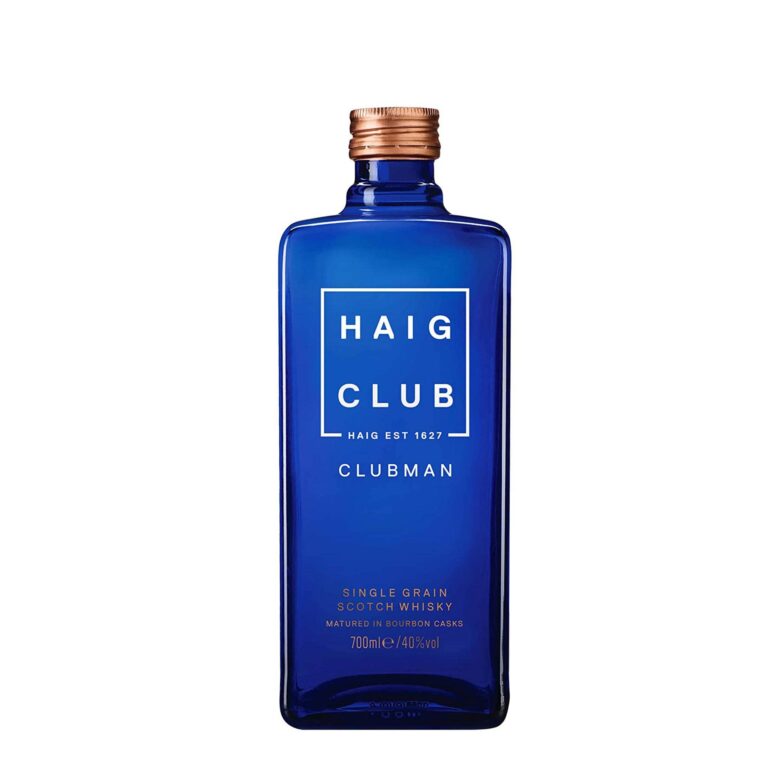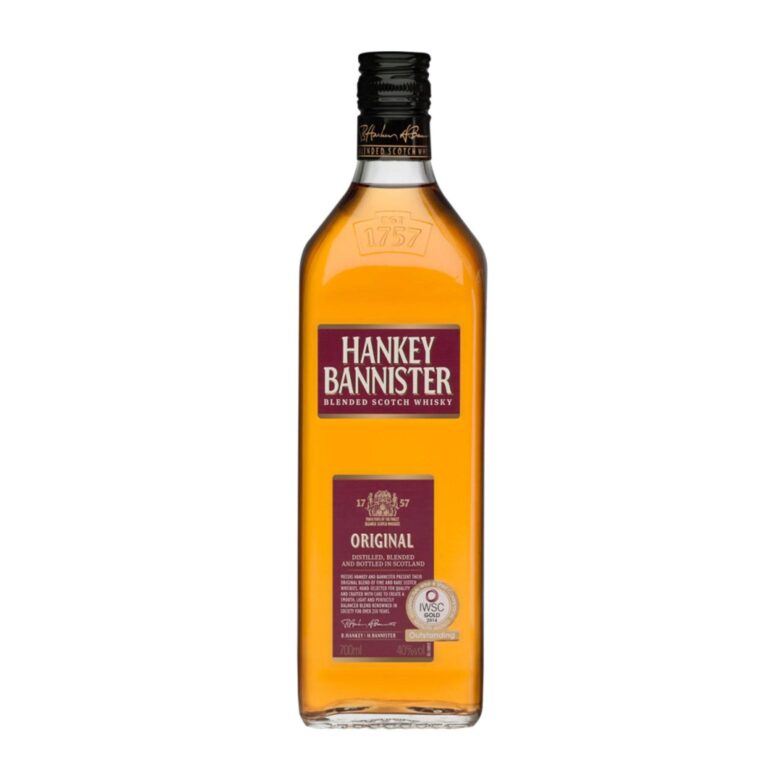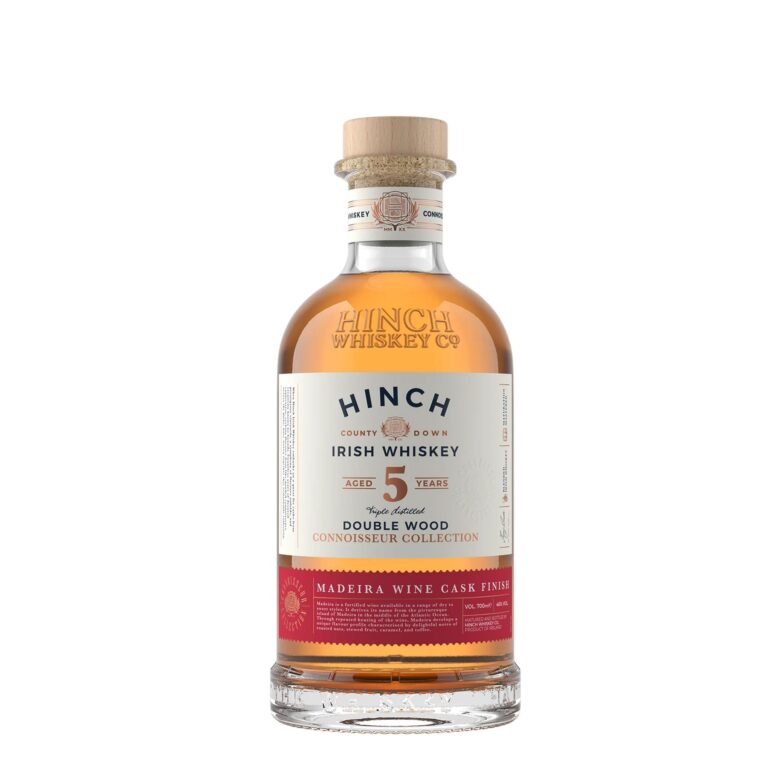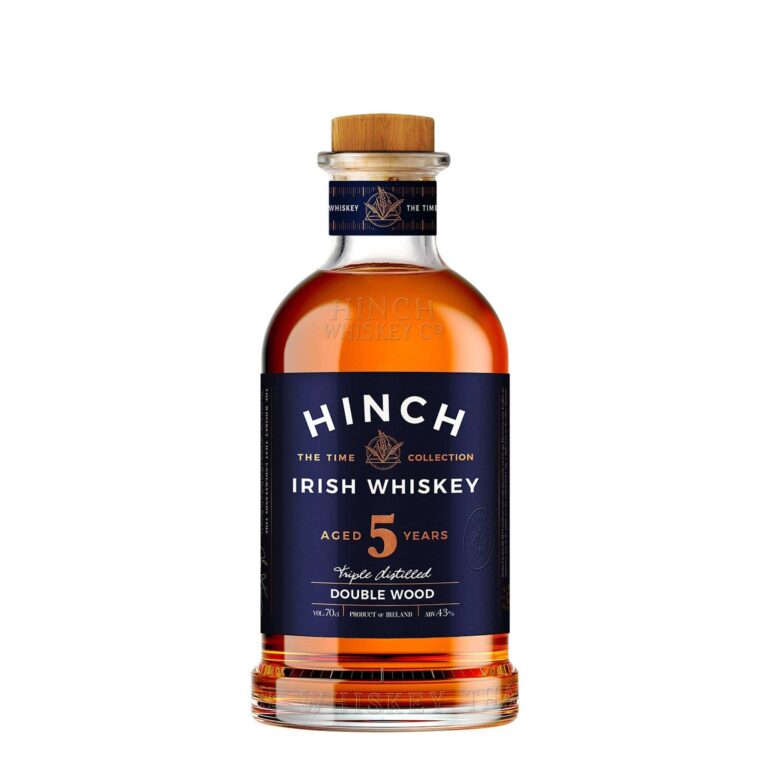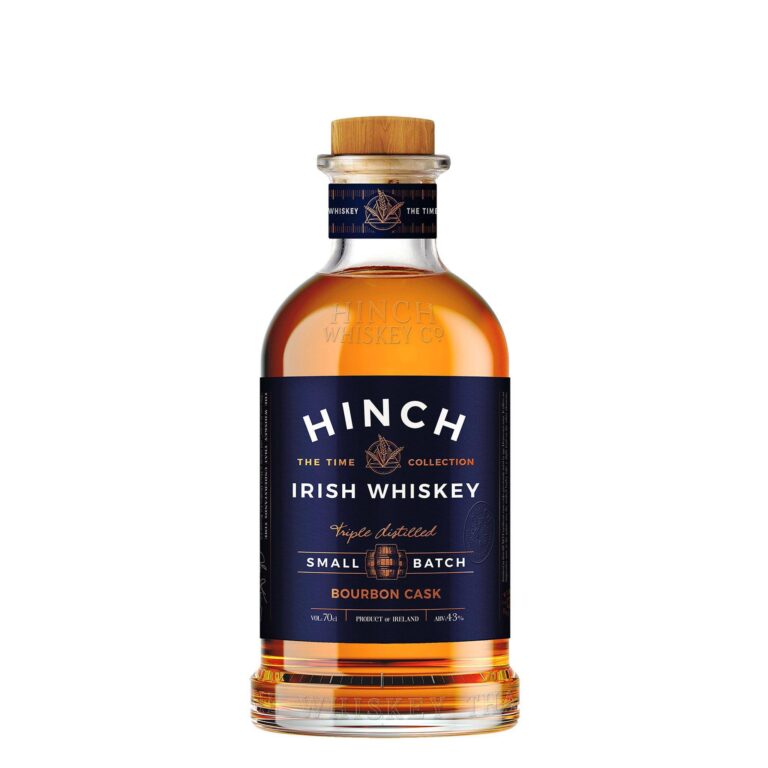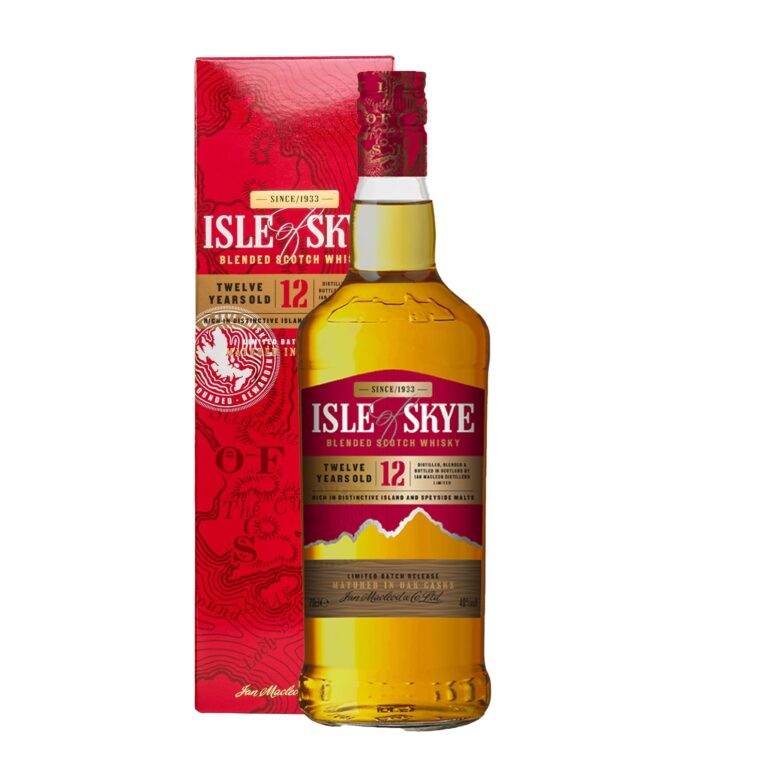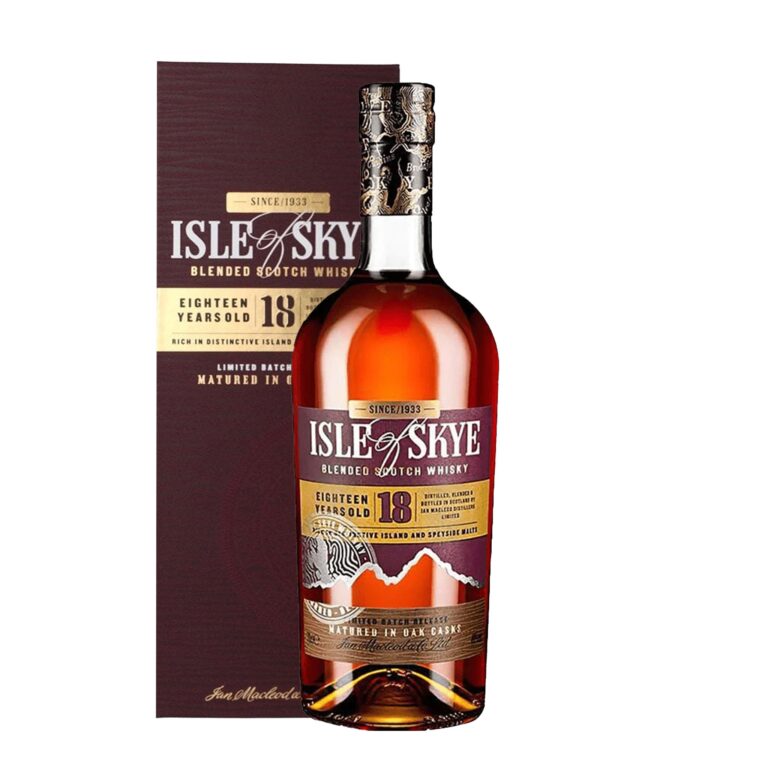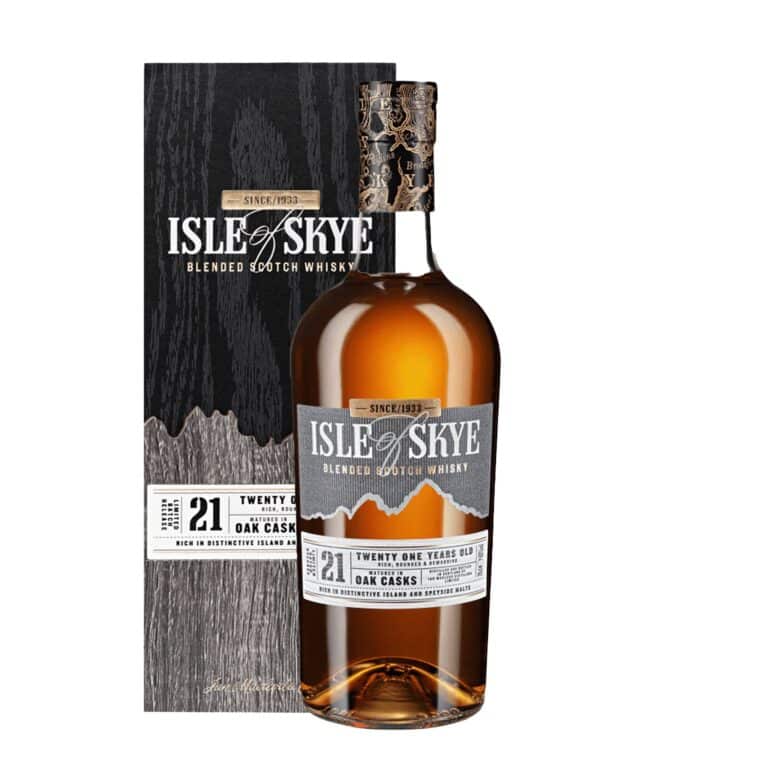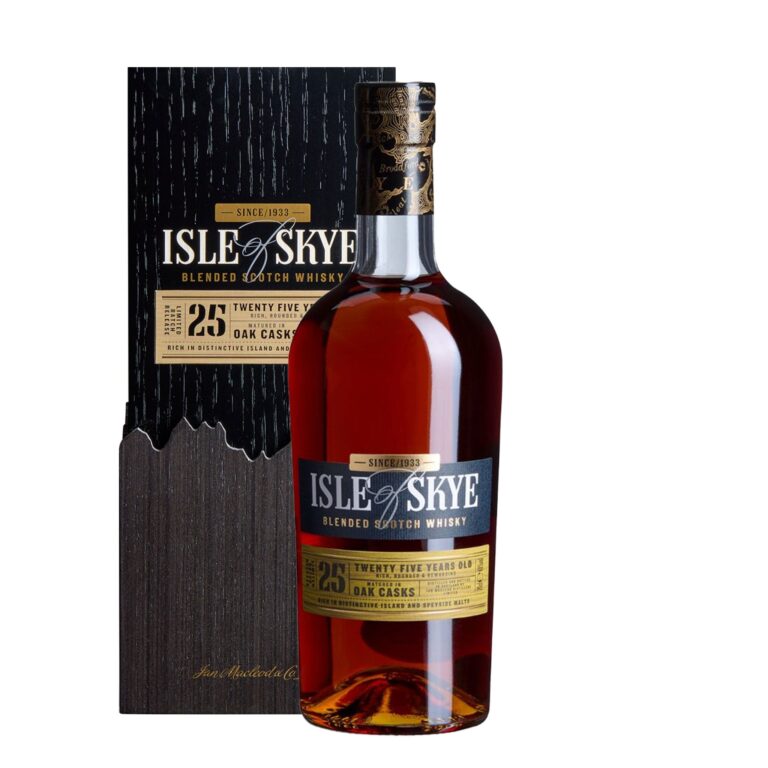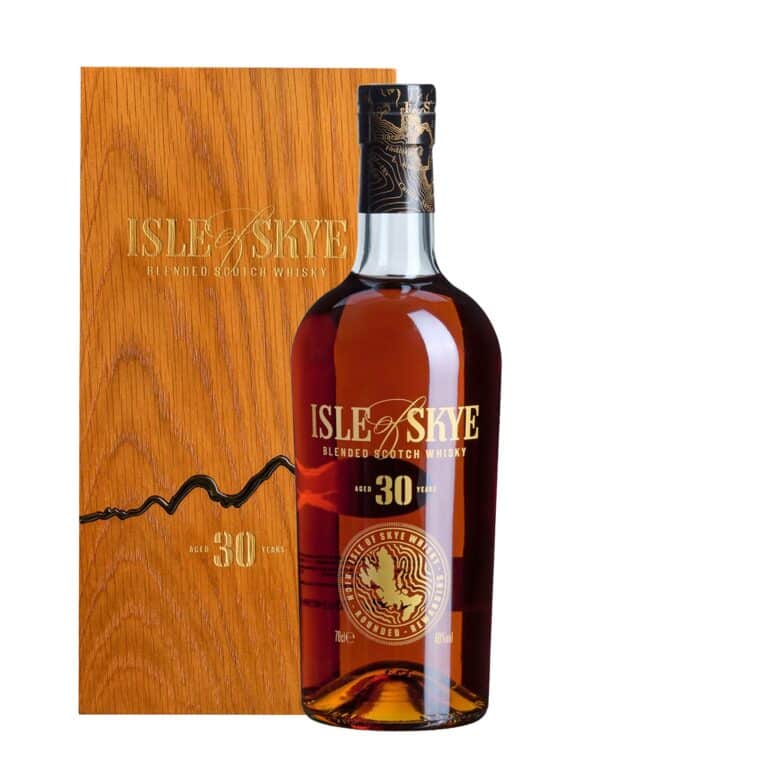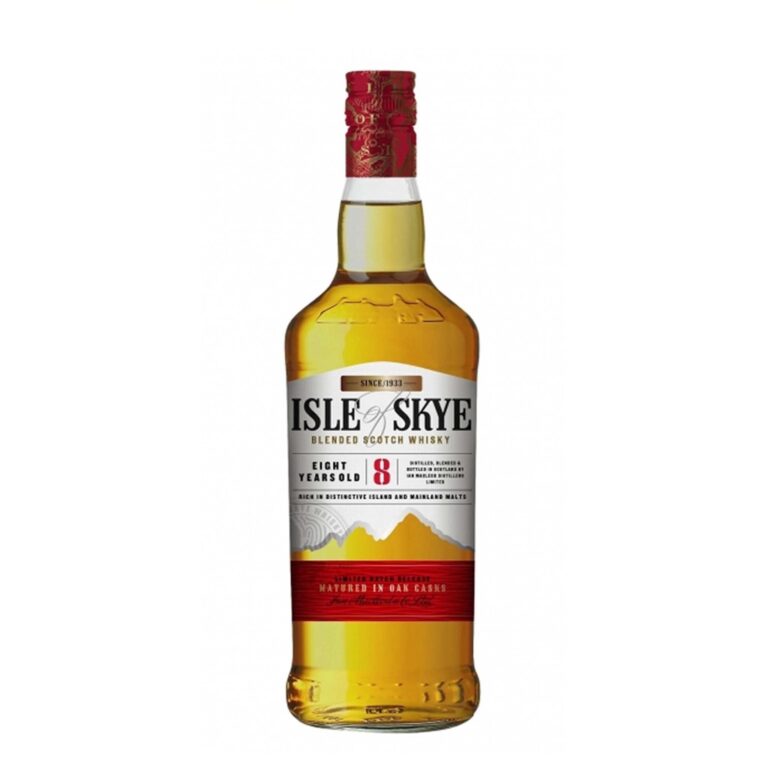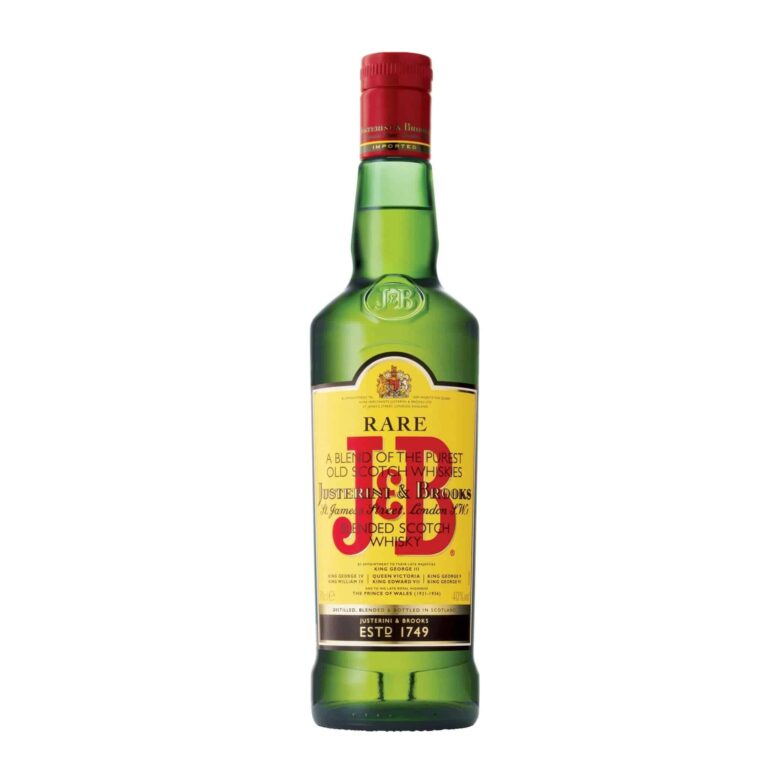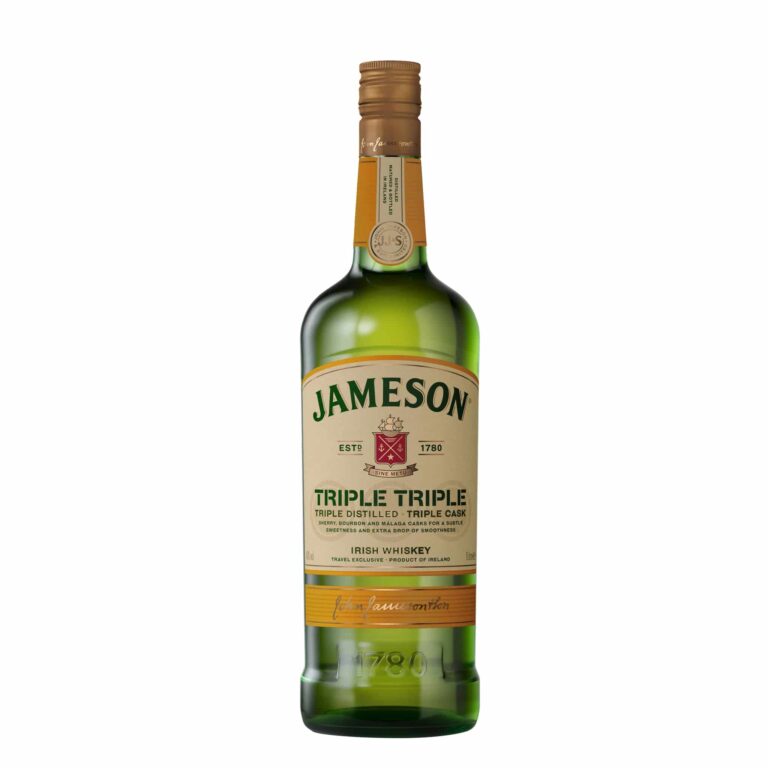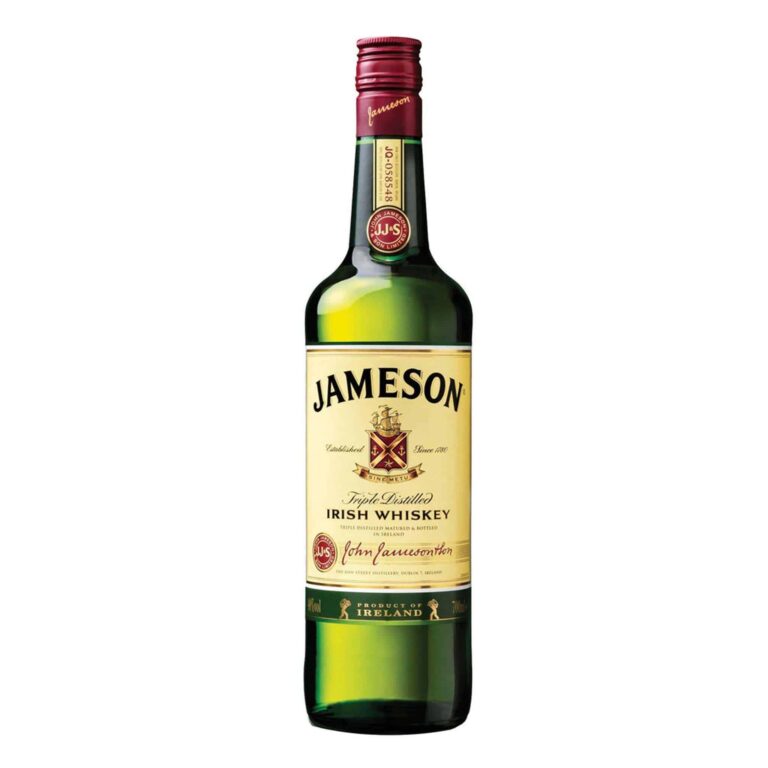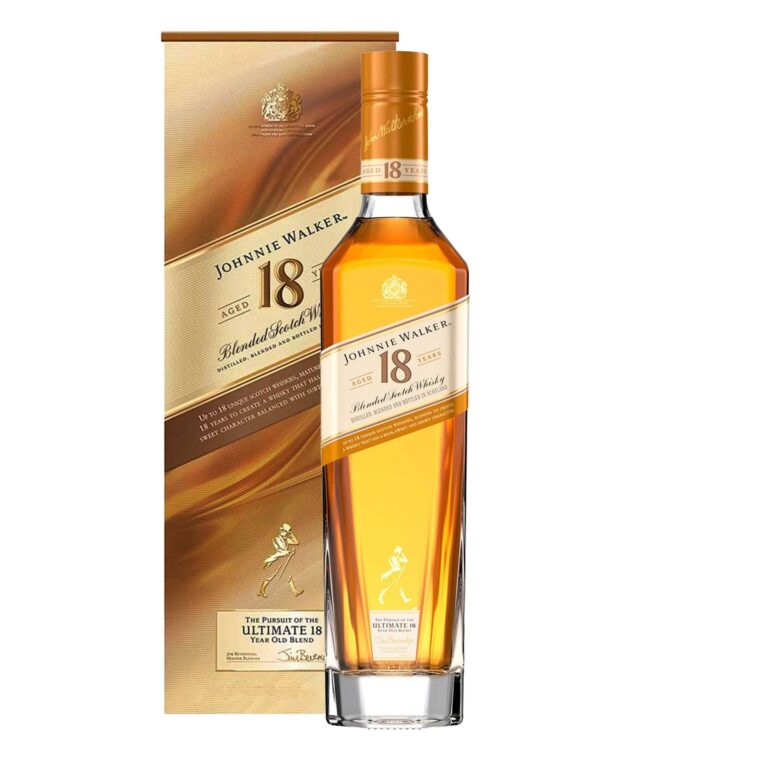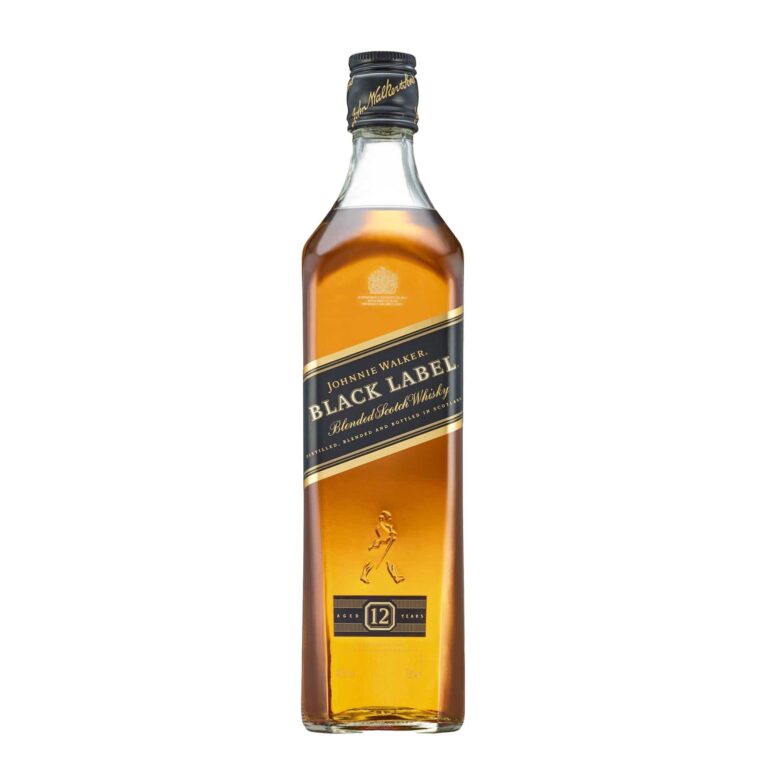Scottish Blended Whiskey
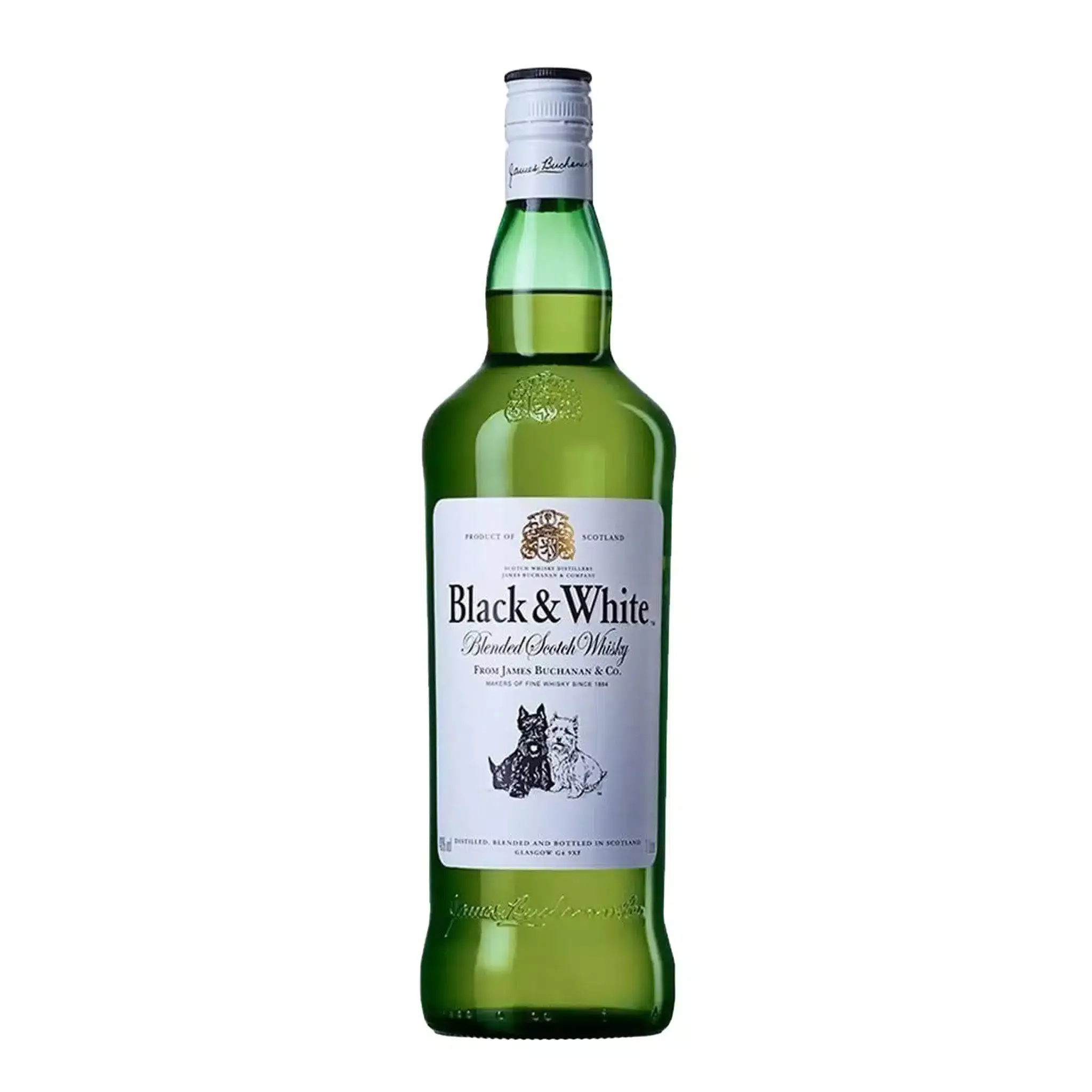
Just What Is Scottish Blended Whisky?
At its simplest, a blended whisky is a mix of two or even more types of Scotch. Typically, this implies combining single malt whisky (made from malted barley at a single distillery) with single grain whisky (made from grains like wheat or corn).
Think about it like a dish. Single malts bring distinctive, bold flavours– sometimes smoky, occasionally fruity, in some cases rich and nutty. Grain whisky adds smoothness, balance, and drinkability. When a skilled master blender combines them, the result is a whisky greater than the sum of its parts.
This is why blends are so prominent. They’re regular, friendly, and often a lot more budget-friendly than single malts, making them a terrific starting point for anybody brand-new to whisky. But that doesn’t mean they’re “standard“ or poor quality. In fact, several of the world’s most respected whisky residences– Johnnie Walker, Chivas Regal, Ballantine’s– have developed their reputations on blends.
A Brief History: Scotland’s Blending Tradition
To actually value blended Scotch, it helps to understand where it originated from.
Back in the 19th century, whisky was not always the smooth, refined beverage we take pleasure in today. Single malts were frequently intense, irregular, and challenging for casual enthusiasts to appreciate. When the Phylloxera plague devastated France’s vineyards in the 1860s– basically killing off the brandy industry– Scotch whisky unexpectedly had a significant chance to win over brand-new drinkers.
But whisky needed to be extra friendly. Enter the art of blending.
Visionary merchants like Andrew Usher in Edinburgh pioneered the practice of blending malts with grain whisky to produce a smoother, a lot more trusted product. It was a game-changer. Blends promptly became the beverage of choice throughout Britain and, quickly, the world.
Today, blending remains at the heart of Scotch whisky production, with some brand names carefully guarding dishes that have actually continued to be unchanged for over a century.
Why Choose a Blended Scotch Whisky?
So, why go with a blend when single malts commonly steal the limelight? Below are a few crucial reasons:
Approachability: Blends are normally smoother and much less intense than numerous single malts, making them excellent for beginners.
Uniformity: Each container tastes the same time after time, thanks to the experience of master blenders.
Worth for Money– High-quality blends can be extremely cost-effective, specifically compared to single malts of similar quality.
Flexibility– Great by themselves, over ice, or blended right into cocktails. Blends are the workhorses of the whisky globe.
Large Range of Flavours: From light and floral to rich and smoky, blends can amaze you with their variety.
For several whisky fans, blended Scotch isn’t simply a stepping stone– it’s a staple.
Popular Scottish Blended Whiskies in the UK
Stroll right into any grocery store, expert shop, or online store in the UK and you’ll see familiar names. Here are several of the most preferred– and why they’re worth trying:
Johnnie Walker Black Label– Known for its balance of smoky and sweet notes. A trustworthy choice for those who desire a blend with a touch of peat.
Chivas Regal 12 Year Old– Smooth, rich, and slightly honeyed. Perfect for those who like a rounded, elegant dram.
Ballantine’s Finest– Light, floral, and very easy to consume. Excellent for beginners or for blending.
Famous Grouse– One of the UK’s very successful whiskies. Straightforward, balanced, and a great introduction to blends.
Monkey Shoulder– An even more contemporary take, blended entirely from malts (no grain whisky). Smooth, luscious, and preferred in cocktails.
Each of these has its very own individuality, which makes the world of blends enjoyable to discover. You may uncover you prefer smoky flavours, or something lighter and fruitier fits your taste.
How to Enjoy Scottish Blended Whisky
Here’s fortunately, there’s no upside-down to consume whisky. That stated, various techniques can highlight different flavours.
Neat– Just whisky in a glass. Great for appreciating the full flavour.
With a Splash of Water– A couple of drops can open covert aromas.
On the Rocks– Ice chills the whisky and slightly softens the flavour.
In a Cocktail– Blends are fantastic in standards like a Whisky Sour, Old Fashioned, or even simply with ginger ale.
If you’re new, don’t really feel pressured to drink it neat. Try it in different ways until you locate what you like best. Nevertheless, whisky ought to be enjoyable– not daunting.
Exploring the Flavours of Scottish Blended Whisky
Among the most amazing aspects of whisky is the large range of flavours it can offer. Despite the fact that blends are typically created for uniformity, that does not imply they’re dull or predictable. In fact, Scottish blended whiskies are crafted to highlight a harmonious balance of flavours– some bold, some refined– that make them enjoyable throughout different celebrations.
Common Flavour Profiles in Blended Scotch
When you pour a glass of blended Scotch, you may see some of these flavour family members:
Light and Floral: Delicate blends commonly display tips of heather, honey, and soft fruits like apples or pears. Great for beginners.
Rich and Fruity— Think dried out fruits, raisins, figs, or citrus peel. These blends commonly really feel smooth and extravagant.
Pleasant and Creamy— Vanilla, toffee, caramel, and a luscious mouthfeel are common in friendly, easy-drinking blends.
Spicy and Bold— Pepper, cinnamon, or clove can make a whisky feel cozy and vibrant.
Smoky and Peaty: Not all blends have smoke; however, those that do commonly have simply sufficient to include depth without being frustrating.
The delight of checking out blends is finding which of these groups you appreciate most. Some drinkers find themselves inclining toward rich, dessert-like whiskies, while others hunger for the complexity of a refined smoky note.
What Does Blended Whisky Pair Well With?
Among the neglected aspects of whisky is combining it with food. While single malts can occasionally be a little intense, blends are typically much more flexible partners at the table. Below are some ideas to get you started:
Cheese— A luscious blue cheese with a rich blend, or a light cheddar with something light and floral.
Chocolate: Dark chocolate and whisky are a match made in paradise, especially with blends that carry notes of spice or fruit.
Smoked Meats— For blends with a tip of smoke, attempt pairing with charcuterie or barbecued meals.
Seafood: Light blends set perfectly with smoked salmon or shellfish.
Desserts: Sticky toffee pudding or apple fall apart can be raised with a smooth, honeyed mix.
And certainly, whisky doesn’t require to be scheduled for special dishes. A straightforward night dram with a biscuit or two can feel just as pleasing.
Everyday Benefits of Choosing a Blend
Past flavour, there are some functional advantages to picking blended Scotch, particularly if you’re thinking about buying quickly.
Affordability Without Sacrifice
Several outstanding blended whiskies rest pleasantly under ₤ 30- 40 in the UK, making them a very easy purchase for routine enjoyment or gifting.
Perfect for Sharing
Because blends are smoother and much more versatile, they’re crowd-pleasers. Whether you’re putting for family members, friends, or visitors, you’re unlikely to go wrong.
Mixed drink Friendly
While some whisky drinkers stick firmly to neat pours, blended Scotch shines in cocktails. Drinks like a Whisky Highball or a basic whisky-and-ginger-ale are approachable and revitalizing.
Availability
Unlike some unusual single malts, blends are commonly stocked in grocery stores, local stores, and online shops across the UK. That means no searching or waiting– you can find them quickly.
Comparing Blends with Other Options
You might be asking yourself: exactly how do blended whiskies stack up against various other types of Scotch? Let’s break it down in straightforward terms.
Blended vs. Single Malt
Single malts are recognized for their distinct character, considering that they come from one distillery. They can be intricate and distinctive– but often testing for beginners. Blends, on the other hand, are made for balance and consistency, making them easier to delight in across different preferences.
Blended vs. Single Grain
Single grain whisky is lighter and usually creates the foundation of blends. On its own, it’s much less usual but worth discovering. Blends bring the most effective of both worlds: the splendor of malts plus the level of smoothness of grains.
Blended vs. Blended Malt
Blended malts (like Monkey Shoulder) are made just from malts, no grain whisky included. They’re often richer but in some cases more expensive. Typical blends, however, offer you smoothness and cost in one.
When selecting your first bottle, blends usually make the most sense– they provide exceptional quality without frustrating the palate or the budget.
How to Choose the Right Scottish Blended Whisky
If you’re prepared to buy your initial container (or even your next one), a little support goes a long way. Here are some functional tips to make your decision much easier:
1. Consider Your Taste Preferences
Like something light and easy-drinking? Search for blends referred to as floral, pleasant, or smooth (e.g., Ballantine’s Finest, Famous Grouse).
Interested in richer flavours? Try blends with fruity, honeyed notes like Chivas Regal or Dewar’s.
Interested in smoke? Go for something like Johnnie Walker Black Label, which has simply adequate peat to add depth.
2. Think about the Occasion
Every day, sipping or cocktails: Affordable, functional blends like Famous Grouse or Grant’s are excellent.
A gift or special Occasion: Step up to something aged (12 years or more), like Chivas Regal 12 or Johnnie Walker Green Label.
Entertaining a group: Go for a popular, approachable brand name that works both neat and mixed.
3. Budget Wisely
You don’t need to spend a ton of money. In the UK, superb blends are offered across rate factors:
₤ 20– 30– Great value day-to-day bottles.
₤ 30– 50– Premium blends with more character.
₤ 50+– Aged or scandal sheets for gifting or collecting.
4. Check Out Online Retailers
Buying online typically offers you more options, package deals, and occasionally much better rates than grocery stores. Many UK-based whisky professionals also include tasting notes to aid you in making a decision.
Frequently Asked Questions
1. What is the difference between blended whisky and single malt?
Blended whisky combines single malts with grain whisky for balance and level of smoothness. Single malt originates from one distillery and can have more unique, occasionally more powerful flavours.
2. Is blended whisky of lower high quality than single malt?
Not at all. While blends are usually a lot more economical, many are crafted with outstanding care. Some premium blends are considered equally as prominent as single malts.
3. Can you consume blended Scotch whisky neat?
Yes! Numerous blends are made to be friendly when sipped neat. However, you can also enjoy them with water, ice, or in cocktails– whatever fits your taste.
4. Which blended Scotch is best for beginners?
Popular beginner-friendly options in the UK include Ballantine’s Finest, Famous Grouse, and Monkey Shoulder. They’re smooth, available, and easy to find.
5. For how long does blended whisky last once opened?
If kept upright in a cool, dark place, an open bottle of blended whisky can last for years. Flavour may slowly transform after concerning 1- 2 years, but it will not be ruined.

